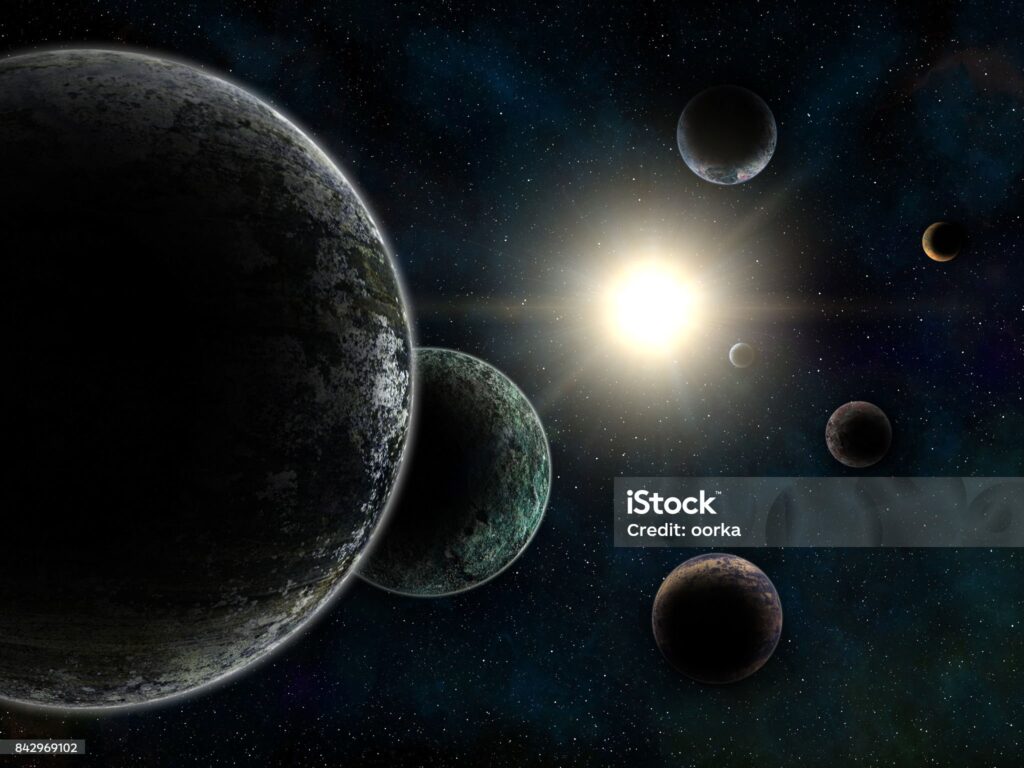Gliese 12 b Earth-Like Planet has been discovered just 40 light-years away. This temperate exoplanet offers new insights into what makes a planet habitable. Discover the details of this exciting find and its implications for the search for extraterrestrial life.

© NASA/JPL-Caltech
Gliese 12 b Earth-Like Planet: A Breakthrough in the Search for Habitable Worlds
In a remarkable development in astronomy, scientists have announced the discovery of Gliese 12 b Earth-Like Planet, a temperate, Earth-sized exoplanet located just 40 light-years away from us. This newly found world, approximately 378 trillion kilometers from Earth, offers a promising opportunity to understand what makes a planet potentially habitable.
The Discovery of Gliese 12 b
The Gliese 12 b Earth-Like Planet discovery was the result of a collaborative effort involving researchers from around the globe, including significant contributions from McGill University and Western University. This groundbreaking find was made possible by the InfraRed Doppler Subaru Strategic Program (IRD-SSP), a project focused on finding planets in the habitable zones around red dwarf stars.
The team used advanced telescopes and sophisticated observational techniques to spot Gliese 12 b. Its discovery marks an exciting moment for astronomers, opening doors to further exploration of planets beyond our solar system.
Understanding Red Dwarf Stars
The Gliese 12 b Earth-Like Planet orbits a star known as Gliese 12, which is a red dwarf. Red dwarfs are smaller and cooler than the G-Type stars, like our Sun, and are more abundant in the universe. This makes them prime candidates for finding Earth-like planets because terrestrial worlds are easier to detect around these stars compared to larger stars.
Among nearby red dwarfs, Gliese 12 and TRAPPIST-1 are notable for hosting Earth-sized planets. However, TRAPPIST-1 is known for its high stellar activity, including intense flares and harmful radiation, which can disrupt the habitability of its planets. In contrast, Gliese 12 is a much more stable red dwarf, creating a less hostile environment for its planets.
The Habitable Zone of Gliese 12 b
The Gliese 12 b Earth-Like Planet is located near the inner edge of its star’s habitable zone, sometimes referred to as the “Goldilocks zone.” This is the region around a star where conditions are just right for liquid water to exist on a planet’s surface—neither too hot nor too cold.
Gliese 12 b’s proximity to the inner edge of this zone makes it especially interesting. It receives starlight levels that are between what Earth and Venus receive from the Sun. This positioning provides a unique opportunity to study how similar planets might support life.
Studying Gliese 12 b
One of the most exciting aspects of the Gliese 12 b Earth-Like Planet is that its relative closeness to Earth allows for more detailed studies. One such method is atmospheric transmission spectroscopy. This technique involves analyzing the light that passes through a planet’s atmosphere during its transit across its star.
By studying changes in the light’s spectra, scientists can learn about the composition of the planet’s atmosphere. This can reveal the presence of gases such as oxygen, water vapor, methane, and carbon dioxide, which might indicate biological processes.
The Future of Exoplanet Exploration
The discovery of Gliese 12 b Earth-Like Planet is a significant milestone in the quest to find planets that might support life. Current and future telescopes, such as the James Webb Space Telescope and ground-based extremely large telescopes, will play crucial roles in further examining Gliese 12 b. These advanced instruments will help scientists investigate its atmosphere and surface conditions in more detail.
The ongoing exploration of exoplanets like Gliese 12 b brings us closer to understanding the conditions that could support life beyond Earth. Each discovery adds a piece to the puzzle of whether we are alone in the universe.
Conclusion: A New Hope in the Search for Life
The Gliese 12 b Earth-Like Planet discovery stands as a beacon of hope and curiosity. As we continue to explore the cosmos, finding such potentially habitable planets fuels our quest to answer one of humanity’s most profound questions: Are we alone in the universe?
With every new discovery, like Gliese 12 b, we move closer to uncovering the mysteries of distant worlds and the potential for life beyond our solar system. This discovery invites us to look deeper into the possibilities that lie in the vast expanse of space.
ALSO READ:
“NEOWISE Satellite Reentry: 7 Amazing Achievements That Will Blow Your Mind!”




